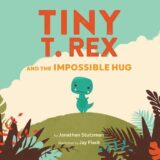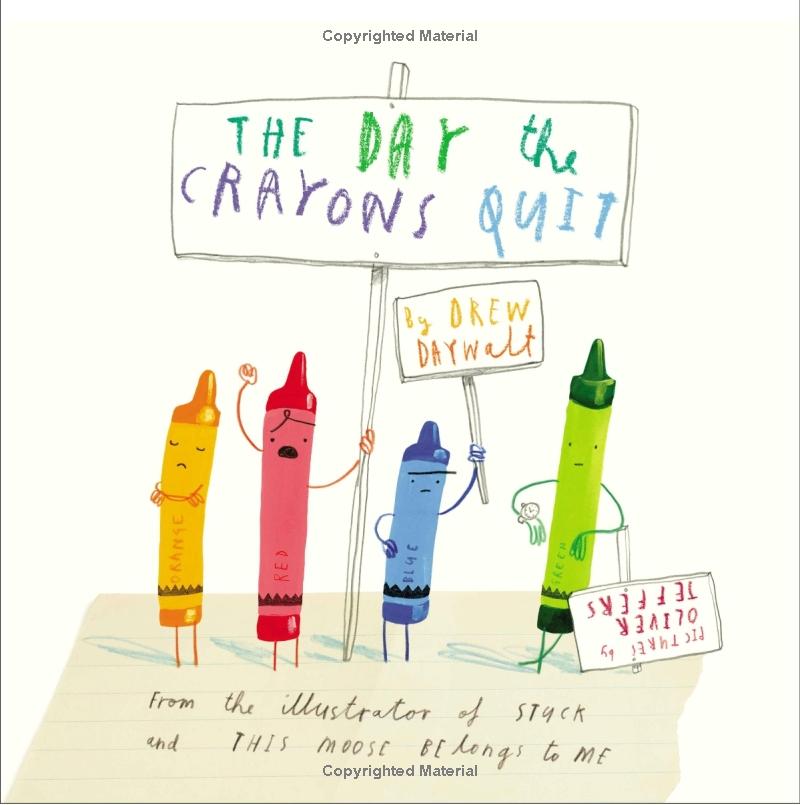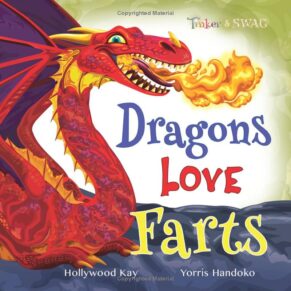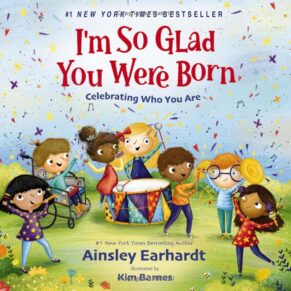The day the crayons quit coloring page
$9.40
The book is funny and engaging.
The book is educational.
The book is creative.
The book is positive.
Poor Duncan just wants to color. But when he opens his box of crayons, he finds only letters, all saying the same thing: His crayons have had enough! They quit! Blue crayon needs a break from coloring all those bodies of water. Black crayon wants to be used for more than just outlining.
And Orange and Yellow are no longer speaking—each believes he is the true color of the sun. What can Duncan possibly do to appease all of the crayons and get them back to doing what they do best?
The Day the Crayons Quit is a picture book by Drew Daywalt, with illustrations by Oliver Jeffers. It was first published in 2013 and has since become a New York Times bestseller.
The book is told from the perspective of a young boy named Duncan, who discovers that his crayons have all quit.
Each crayon has a different reason for quitting, such as being overworked, feeling unappreciated, or being used for the wrong thing. Duncan must work to solve the crayon’s problems and get them back to work.
The book is full of humor and heart, and it has been praised for its creative use of the epistolary format (letters from the crayons to Duncan) and its positive messages about creativity, self-expression, and empathy. It has also been praised for its illustrations, which are colorful and expressive.
The Day the Crayons Quit is a popular choice for children’s libraries and classrooms. It is recommended for ages 3-7, but it can be enjoyed by children of all ages. The book has been adapted into a stage play and an animated television special.
Here are some of the reasons why The Day the Crayons Quit is a good book:
It is funny and engaging. The letters from the crayons are full of humor and wit, and they will keep children entertained.
It is educational. The book teaches children about the different colors of the crayon box, as well as the different emotions that the crayons are feeling.
It is creative. The epistolary format is a unique and creative way to tell a story, and the illustrations are colorful and expressive.
It is positive. The book teaches children about the importance of creativity, self-expression, and empathy.
If you are looking for a funny, educational, and creative book for children, then The Day the Crayons Quit is a great choice. It is a book that children will love, and it will teach them valuable lessons about life.
Here are some additional thoughts about the book:
The book encourages children to think about the feelings of others, even inanimate objects.
It teaches children about the importance of using their creativity and imagination.
It shows children that it is okay to make mistakes, and that everyone deserves a second chance.
The book is a reminder that even the smallest things can make a big difference.
The Day the Crayons Quit is a charming and heartwarming book that will leave children with a smile on their faces. It is a book that they will remember for years to come.
What age is The Day the Crayons Quit for?
The Day the Crayons Quit is recommended for ages 3-7 years old. However, it can be enjoyed by children of all ages. The book is full of humor and heart, and it has been praised for its creative use of the epistolary format (letters from the crayons to Duncan) and its positive messages about creativity, self-expression, and empathy. It has also been praised for its illustrations, which are colorful and expressive.
Here are some of the reasons why The Day the Crayons Quit is a good book for children of this age group:
The book is funny and engaging. The letters from the crayons are full of humor and wit, and they will keep children entertained.
The book is educational. The book teaches children about the different colors of the crayon box, as well as the different emotions that the crayons are feeling.
The book is creative. The epistolary format is a unique and creative way to tell a story, and the illustrations are colorful and expressive.
The book is positive. The book teaches children about the importance of creativity, self-expression, and empathy.
it is important to note that some of the themes in the book, such as the crayons feeling unappreciated or being used for the wrong thing, may be too complex for younger children to understand. Additionally, some of the illustrations may be scary for younger children.
Can a 1 year old play with crayons?
Yes, a 1 year old can play with crayons, but it is important to supervise them closely. Crayons are a choking hazard, so it is important to choose large, chunky crayons that are not easily broken. You should also avoid giving your child crayons with small parts, such as glitter or beads.
Here are some tips for introducing crayons to your 1 year old:
Start by giving your child one crayon at a time.
Show them how to hold the crayon and how to make marks on paper.
Be patient and don’t expect perfection. Your child is still learning how to use crayons.
Praise your child for their efforts.
Offer them a variety of coloring materials, such as washable markers, crayons, and paints.
Make sure to supervise your child at all times when they are playing with crayons.
With a little patience and guidance, your 1 year old will be coloring like a pro in no time!
Here are some additional safety tips for using crayons with young children:
Keep crayons out of reach of babies and toddlers who are still putting things in their mouths.
Choose non-toxic crayons that are labeled as safe for children.
Wash your child’s hands before and after they use crayons.
Clean up any spills or messes immediately.
By following these safety tips, you can help ensure that your child has a safe and enjoyable experience playing with crayons.
Best book for kids
Toddlers (Ages 1-3):
Goodnight Moon by Margaret Wise Brown: A soothing and calming classic that will help children wind down for the night.
The Very Hungry Caterpillar by Eric Carle: A beautifully illustrated book that follows the journey of a hungry caterpillar as he eats his way through a variety of foods.
Where the Wild Things Are by Maurice Sendak: An imaginative and whimsical story follows a young boy named Max on a journey to the land of the Wild Things.
The Cat in the Hat by Dr. Seuss: A fun and silly story that will keep children entertained.
Brown Bear, Brown Bear, What Do You See? by Bill Martin Jr.: A rhyming book that helps children learn about colors.
Preschoolers (Ages 3-5):
Corduroy by Don Freeman: A story about a bear who longs for a child to love him.
The Giving Tree by Shel Silverstein: A moving and thought-provoking story about the unconditional love between a tree and a boy.
Alexander and the Terrible, Horrible, No Good, Very Bad Day by Judith Viorst: A funny story about a boy who has one of those days when everything goes wrong.
The Very Busy Spider by Eric Carle: A story about a spider who works hard to build her web.
Goodnight Stories for Rebel Girls by Elena Favilli: A collection of bedtime stories about extraordinary women from history and the present day.
Kindergarteners (Ages 5-6):
The Paper Bag Princess by Robert Munsch: A story about a princess who saves the prince from a dragon.
Click, Clack, Moo: Cows That Type by Doreen Cronin: A story about a group of cows who go on strike to get a better typewriter.
The Trumpet of the Swan by E.B. White: A story about a swan who cannot fly and finds acceptance among a group of geese.
Alexander and the Terrible, Horrible, No Good, Very Bad Day by Judith Viorst: A funny story about a boy who has one of those days when everything goes wrong.
Pippi Longstocking by Astrid Lindgren: A story about a strong and independent girl who lives with her horse and monkey.
Grade Schoolers (Ages 6-12):
The Chronicles of Narnia by C.S. Lewis: A fantasy series about four children who discover a magical land called Narnia.
Harry Potter by J.K. Rowling: A fantasy series about a boy who discovers he is a wizard.
The Secret Garden by Frances Hodgson Burnett: A story about a girl who is sent to live with her uncle in a large house that has a secret garden.
Charlotte’s Web by E.B. White: A heartwarming story about a pig named Wilbur and a spider named Charlotte.
Number the Stars by Lois Lowry: A historical fiction novel about a young girl who helps rescue her Jewish friend during the Holocaust.
These are just a few of the many great children’s books out there. No matter what your child’s age.










Customer reviews
Reviews
There are no reviews yet.
Write a customer review